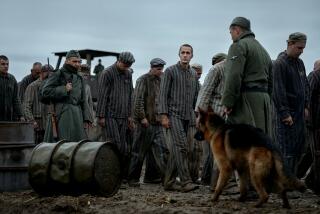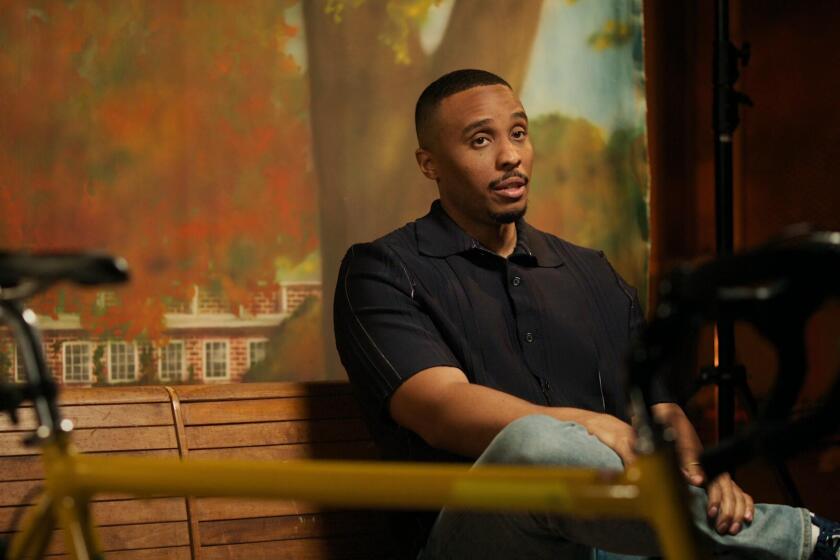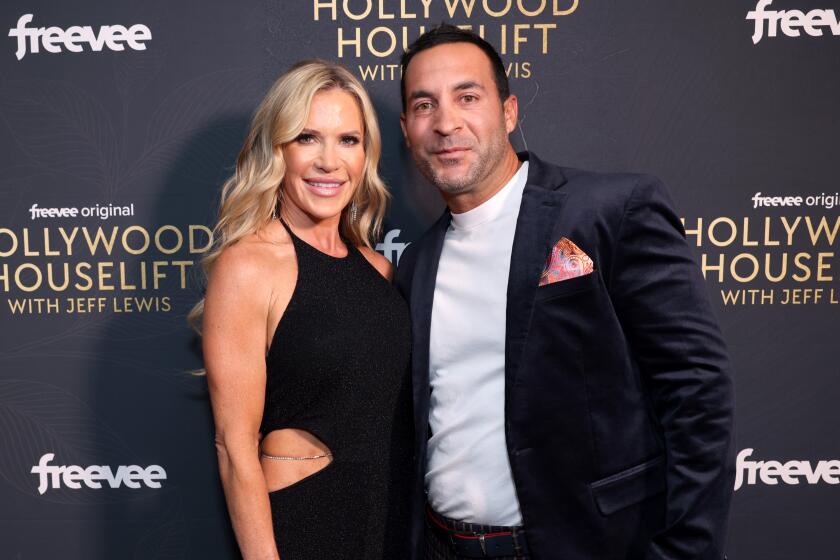Learning About People Behind the Pictures : A Getty tour teaches children how to analyze portraits
Walk the average 8-year-old by Goya’s portrait of the Marquesa de Santiago, and he’ll probably say something like “She looks funny” or “That’s boring.”
But maybe not after the child participates in the J. Paul Getty Museum’s free one-hour “Looking At Portraits” class, to be offered at 10 a.m. and 2 p.m. Saturday.
Typically, children go right past a portrait, said Schroeder Cherry, museum educator at the Getty and one of two instructors of the class. “Portraits are more accessible to children because they look like photographs,” he said, and most children see photographs of people frequently framed and displayed at home. “But they’re so readable, people tend not to look at them very long,” he said.
Through the class, children 8 to 12 and their parents will learn to analyze a subject’s pose, discuss the color and mood of a painting, learn something about the business deal involved in commissioning a painting and explore the differences in style between artists.
The morning class will be a self-guided workshop in which parents and children read through several work sheets, guided by Cherry, and then share information they learned with the class. In the session finale, participants will draw a portrait of the person who accompanied them to the class, in the style of a famous artist they have just studied.
In the afternoon class, gallery teacher Carrie Sutton will discuss paintings with the children as they look at them. She will conclude by having the participants complete a sample contract between a painter and a subject in the style that would have been appropriate to the time.
Cherry said the contract concept will help children understand that the paintings were done as a way to make a living and that many of the artistic details of the painting--setting, costume and pose--were negotiated. Children are often surprised, she said, that the paintings were not done just for the sake of creating art.
To help the children and their parents better understand what goes into a portrait, Cherry will dissect the key elements and help the participants actually experience them. To teach pose, for example, he will have the participants assume the posture of the subject in the painting and describe how that actually feels. “Do you feel relaxed, arrogant, or contemplative?” Cherry might ask.
For many children this will be their first conscious attempt at analyzing body lan
guage. He also will help the class describe the expressions of the subjects in the paintings. Cherry might ask the participants which words fit the sitter: sad, hurt, aggressive, concentrating, joyful, bashful, surprised or innocent.
Participants will be asked to describe the clothes the sitter is wearing and, without the help of designer labels, draw conclusions about what the clothes might be symbolically saying about the person’s character and culture.
What’s easy to do at school--assessing the fashion of other children--becomes a challenge for children looking, for example, at Salviati’s 1550 “Portrait of a Man.” But the children, as well as their parents, do surprisingly well, Cherry said. They seem to understand when he explains how one costume is outlandish or how another in Goya’s portrait of the Marquesa de Santiago (1804) represents the distaste the wealthy Spaniards had for popular French fashion at the time.
The course also will help children apply some of the basics--such as simple subtraction--to the study of art. Cherry might ask the age of an 1881 painting by Renoir of Albert Cahen d’Anvers--and show them how to compute it. “We don’t want them to feel that the class is schoolwork,” said Cherry.
The students will evaluate the setting of the portraits. When Cherry discusses Gainsborough’s “Portrait of Anne, Countess of Chesterfield,” he might ask why the landscape takes up so much of the canvas. Cherry will explain that Gainsborough’s real love was landscape painting, but he couldn’t make any money at it. He got paid to do portraits, so he managed to include as much of the countryside as he could.
Not knowing the answers is part of what the Getty is trying to teach: that when you’re looking at art, people won’t always see or appreciate the same things. By helping children to learn to appreciate art--in each child’s own, personal way--Cherry said the museum hopes to be building what he calls an “appreciative public.”
J. Paul Getty Museum’s one-hour “Looking At Portraits” class will be offered free at 10 a.m. and 2 p.m. Saturday . Class size is limited and advance enrollment is required. For further information or to enroll, call (213) 759-7611, Ext. 300. The Getty is located at 17985 Pacific Coast Highway, Malibu; advance parking reservations are required--call (213) 458-2003.
More to Read
The biggest entertainment stories
Get our big stories about Hollywood, film, television, music, arts, culture and more right in your inbox as soon as they publish.
You may occasionally receive promotional content from the Los Angeles Times.






